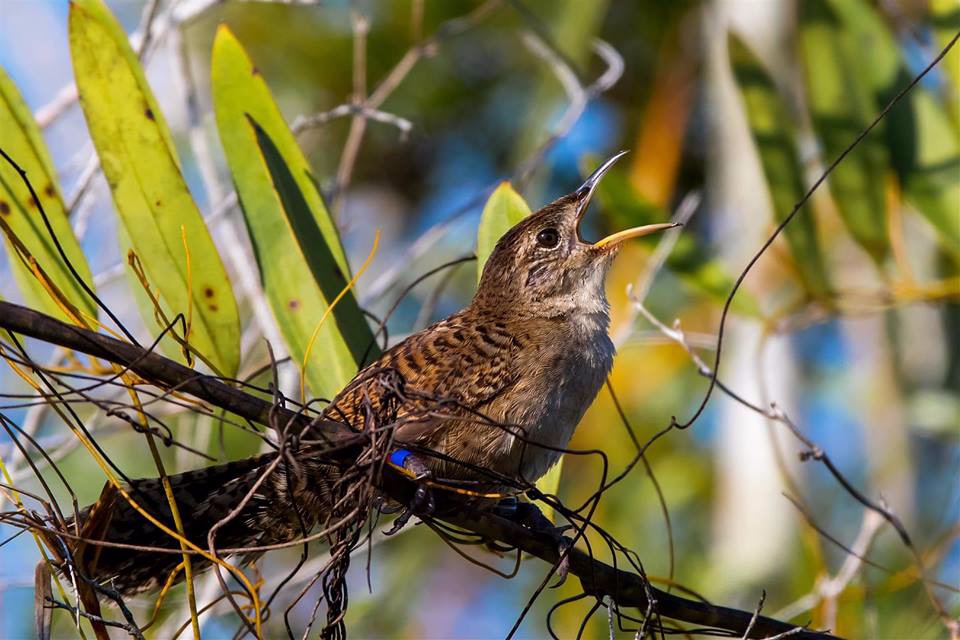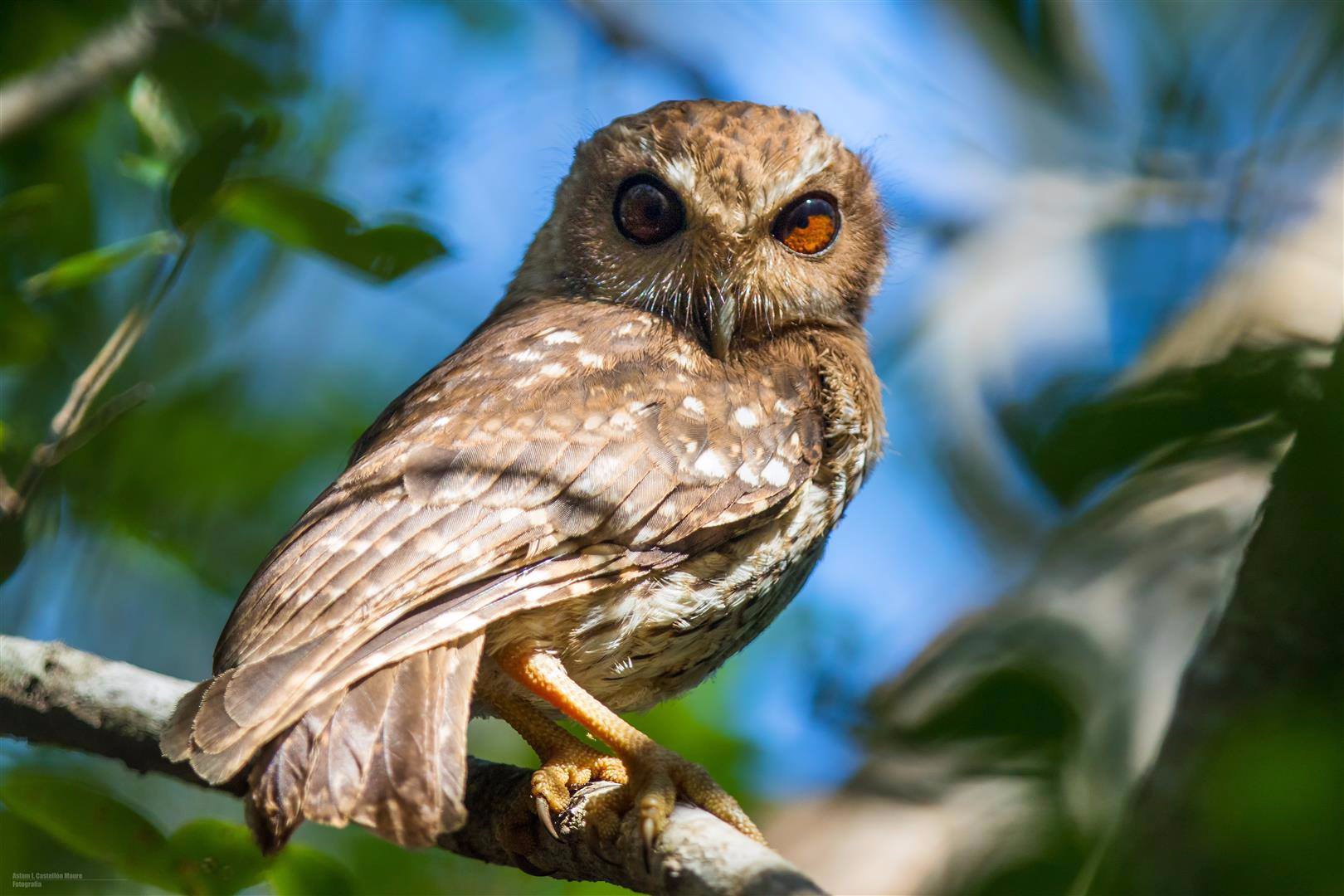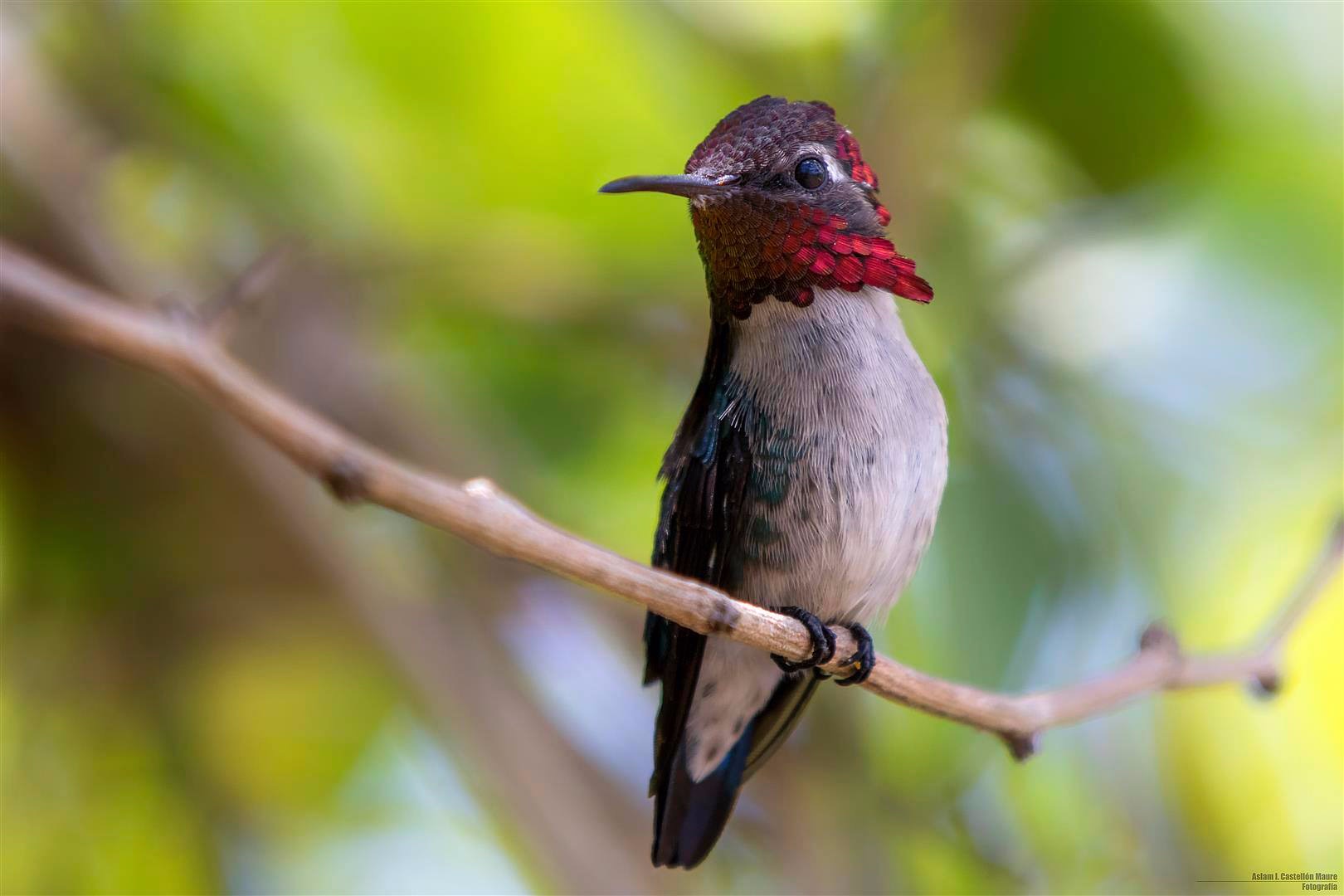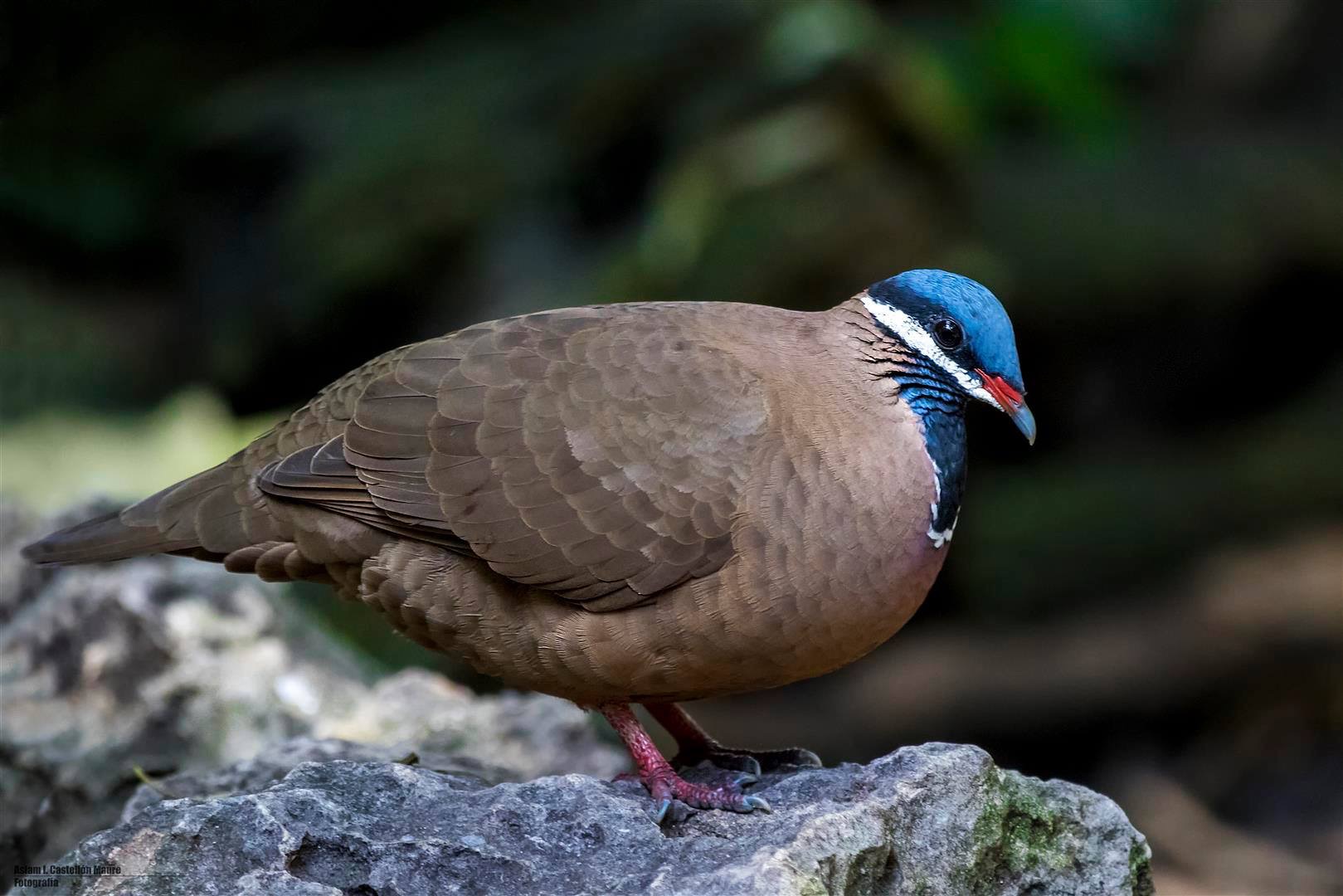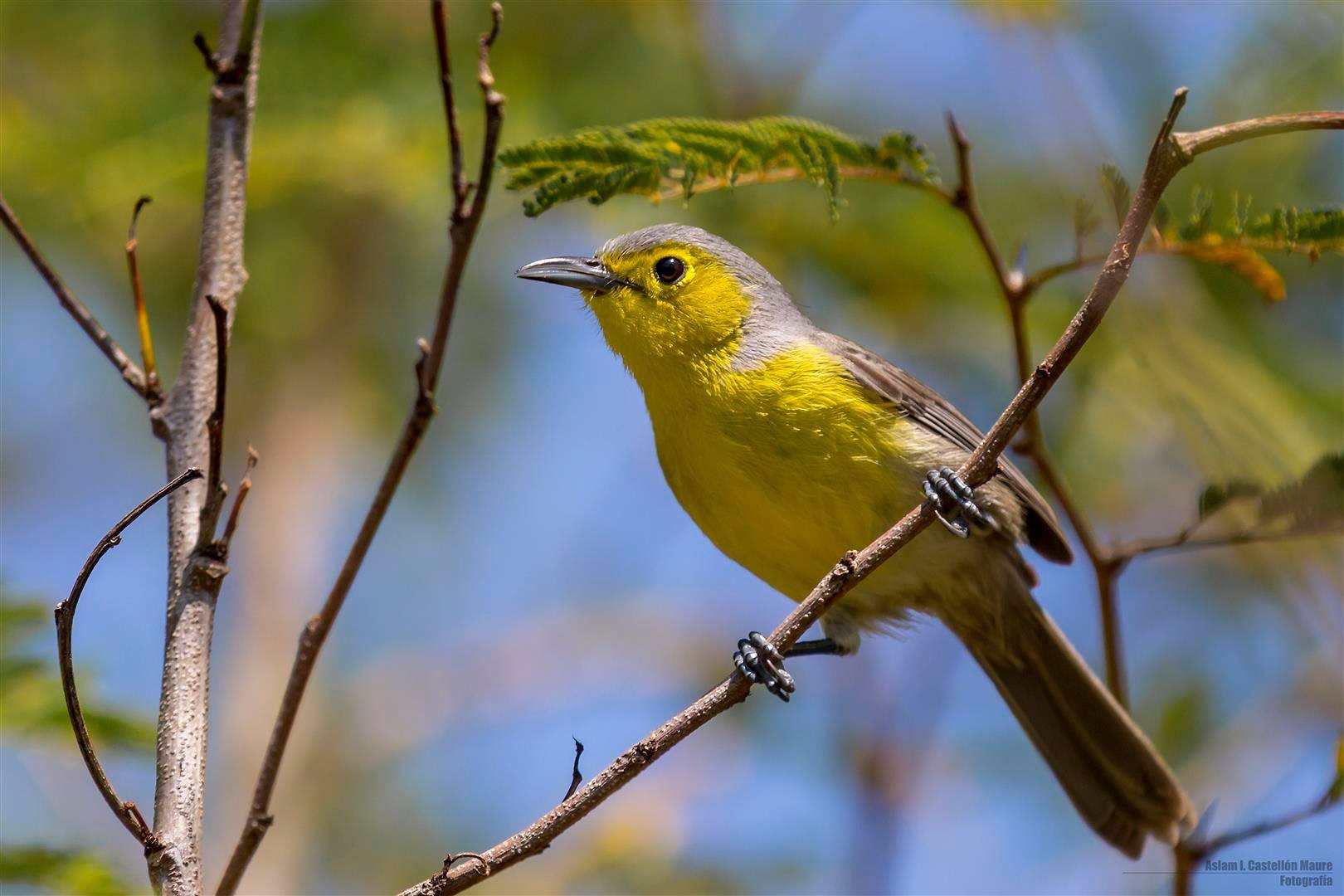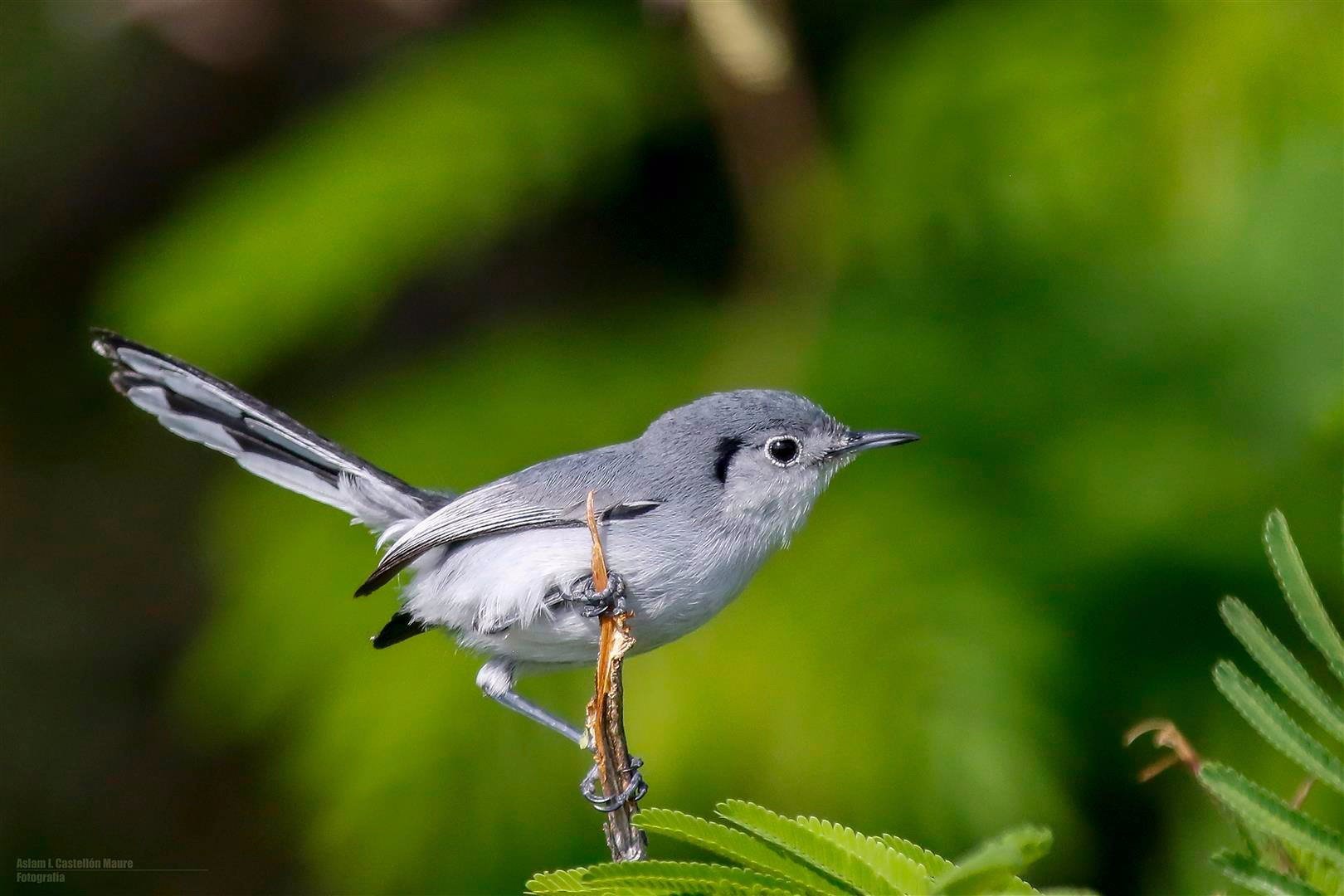CUBA - QUEST FOR ENDEMICS
Day 1 Arrival in Havana - 8th January
Upon arrival we will drive for a couple of hours to our base for the next 3 nights at Viñales.
Days 2 - 3 Viñales
Viñales National Park offers a great introduction to Cuban birding. Target species present here include Cuban Emerald, Cuban Tody, Cuban Green Woodpecker, Cuban Trogon, Loggerhead Kingbird, Cuban Pewee, Western Red-legged Thrush, Tawny-shouldered Blackbird, Cuban Solitaire, Cuban Vireo, Olive-capped and Yellow-headed Warblers, Cuban Grackle, Cuban Grassquit and Cuban Bullfinch. Other more widespread species include Antillean Palm-Swift, Northern Flicker, American Kestrel, Red-legged Honeycreeper, Greater Antillean Grackle, as well as wintering species such as Grey Catbird, Black-and-white, Palm & Prairie Warbler, Summer Tanager etc. Night at Viñales.
Day 4 Viñales - Cayo Coco
After some final birding in this wonderful area we will take the long drive to the east to Cayo Coco, one of the islands situated off Cuba's north coast, where we spend the next two nights. This drive will take most of the day but we will of course stop along the way, especially at a reservoir, which can be rewarding for waterfowl such as Ruddy Duck and Blue-winged Teal as well as Green Heron, Snail Kite and Pied-billed Grebe amongst others. Night at Cayo Coco.
Days 5 - 6 Cayo Coco
We have two full days in the area which will be first spent searching for the endemic veroni race of Zapata Sparrow, as well as Oriente Warbler, before taking a look in the coastal scrub and lagoons for a wide variety of both resident and migratory birds. The exceptionally beautiful Cuban Tody should be found, along with Cuban Black-Hawk, Merlin, Cuban Vireo, Key West Quail-Dove and a few more migrants such as White-eyed Vireo, Prairie, Mangrove and Worm-eating Warblers and Yellow-throated Warbler. We should also see West Indian Whistling-Duck, Brown Pelican, Magnificent Frigatebird, Roseate Spoonbill, Reddish Egret, Belted Kingfisher, Northern Crested Caracara, Caspian and Royal Terns and Clapper Rail alongside possibilities of many shorebirds and gulls including Semipalmated and Western Sandpipers, Willet, Short-billed Dowitcher, Greater and Lesser Yellowlegs, American Herring and Laughing Gulls. In the afternoon we will drive over to Cayo Guillermo to look for White-crowned Pigeon, Bahama Mockingbird, Oriente Warbler, possibly Mangrove Cuckoo, La Sagra's Flycatcher, Cuban Gnatcatcher, Prairie Warbler and the critically endangered Thick-billed Vireo. Nights at Cayo Coco at an all inclusive resort.
Day 7 Cayo Coco - La Belen
After some final morning birding where we can catch up with any species we may have missed, we will drive to Rancho La Belen near Camaguey. Along the way we can search for a variety of species such as Great Lizard Cuckoo, Cuban Emerald, La Sagra's Flycatcher, Eastern Meadowlark and if we are lucky a couple of ponds that sometimes hold West Indian Whistling-Duck. Commoner species should include Tree and Northern Rough-winged Swallows. Once we reach our hotel it should be possible to see both Cuban Martin and Cuban Blackbird, although the martin can often prove difficult. Hopefully we will have some time this evening to visit La Belen Reserve. Night at La Belen.
Day 8 La Belen Reserve
Early this morning we will vist La Belen Reserve, an area of thorn scrub and secondary forest which holds a wealth of target and sought-after species. Both Cuban Parakeet and Cuban Parrot can be found here alongside Cuban Pygmy-Owl, Greater Lizard Cuckoo, Plain, Scaly-naped and White-crowned Pigeons, Cuban Crow, Cuban Palm Crow, Western Red-legged Thrush, Tawny-shouldered Blackbird and the very rare Giant Kingbird. There will also be a walk with the possibility of seeing one of Cuba's rarest species, Gundlach's Hawk, which has nested inside the reserve over the past couple of years. Water-loving birds in the area include Purple Gallinule, Northern Jacana, Black-crowned Night-Heron, Green Heron, Osprey, Snail Kite, Limpkin, Neotropic Cormorant and Common Yellowthroat. Night at La Belen.
Days 9 - 13 La Belen - Playa Larga - Zapata
An early morning visit to a wetland near La Belen may give us another chance for West Indian Whistling-Duck and other species such as Northern Jacana, American Coot, Pied-billed Grebe, Kildeer, Blue-winged Teal and Limpkin before we head to our next destination of Playa Larga on the Bay of Pigs. Situated on the Zapata Peninsula this area undoubtedly offers some of the very best birding on the island. Over the next 4 full days we have the chance to search out many different sites and habitats where at least 18 of the islands 28 endemics can be found. Tropical birdwatching is best done at the very beginning of the day and at the end of each day and the birds are most active at these times when it is cooler. Although this means early starts, we will return to the hotel at Playa Larga in the middle of the day for relaxing, sitting on the beach under a palm tree, swimming or a siesta. Our experienced local guide will know every inch of the coastal woodlands, swamp and other habitats and will also have tracked down certain difficult species for us to see as they begin to pair up for the breeding season and we will follow his advice on where to go each day. Trips will certainly include walking into the dry woods near the tiny village of Bermejas where flocks of warblers move through the trees, and the woodland trails have the endangered and endemic Blue-headed and Grey-headed Quail-Doves. Dead palm trunks may have owls or woodpeckers nesting in them, Cuban Trogons are calling all around and this is one of the best places to find the endemic and endangered Fernandina's Flicker.
We'll spend another day in the dry woodlands, this time around the villages of Soplillar, La Majagua and Los Sábalos. As well as looking for the quail-doves again (there are four species in Cuba) we should see flocks of noisy Cuban Parrots as well as Bee Hummingbird - the smallest bird in the world, and both Bare-legged Owl and Cuban Pygmy-Owl. At this time of year, we could see almost any migrant passerine on the Cuban list, and warblers, vireos, tanagers and thrushes are all mixed in with the resident species, and there is always a chance of the delightful Black-whiskered Vireo. For a very special place and special bird, we shall start early and drive into the Zapata Swamp. After a walk along a track where we may find Zapata Sparrow and Red-Shouldered Blackbird, we shall look for Zapata Wren, which only occurs in this swamp. It may take some time to see the bird as they are uncommon across a huge area although we should hear their beautiful fluty song in the still morning air. We could also see the extrremely shy Spotted Rail but have better chances of Sora. On another morning we will drive to La Salinas, a large area of salt pans. All along the coral road are wader pools and we'll make frequent stops. As well as waders we could find Double-crested Cormorant, Roseate Spoonbill, Northern Crested Caracara and at the end of the road, huge numbers of American Flamingo, making a truly spectacular sight. We'll probably spend another afternoon at La Salinas, a great area for shorebirds and water birds, but also for yet another endemic - Cuban Black Hawk. The road that crosses the Salinas offers great birding opportunities and we can expect to make several stops to look for birds like American White Pelican, Magnificent Frigatebird, Caspian Tern, Reddish Egret, Tricolored Heron, Blue-winged Teal, and a great diversity of shorebirds. We will return to our hotel in the evening in time to get together for some evening birding in search of Cuban Nightjar and Stygian Owl. Nights at Playa Larga.
Day 14 End of Tour - 21st Jan
Morning transfer to the airport and our return international flights back to the UK/Europe.
All photos copyright Aslam Castellón
Just hover your cursor over each photo for info.

